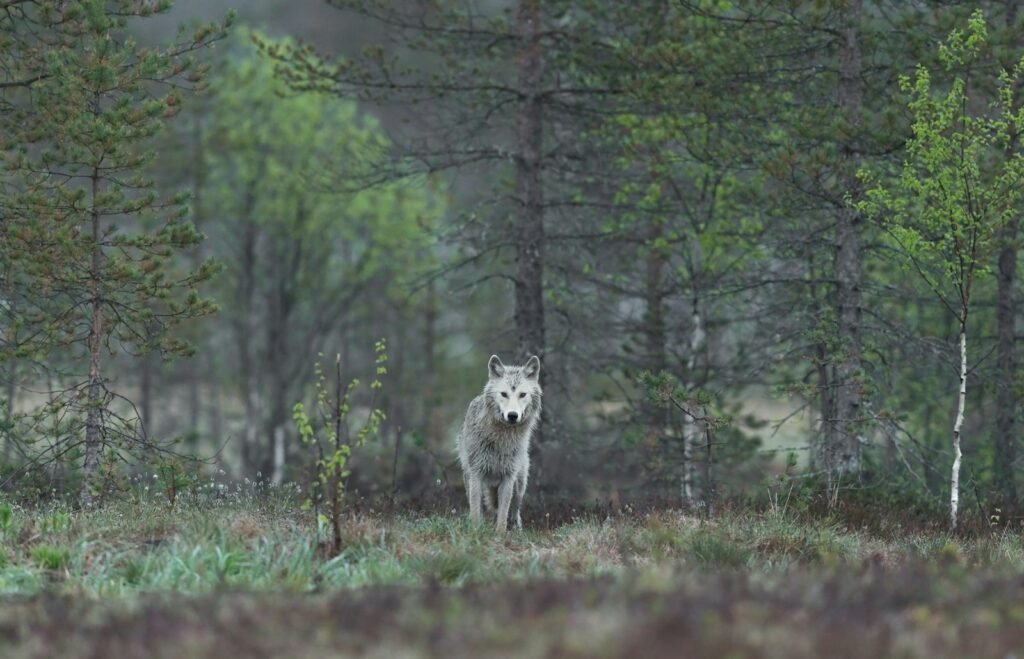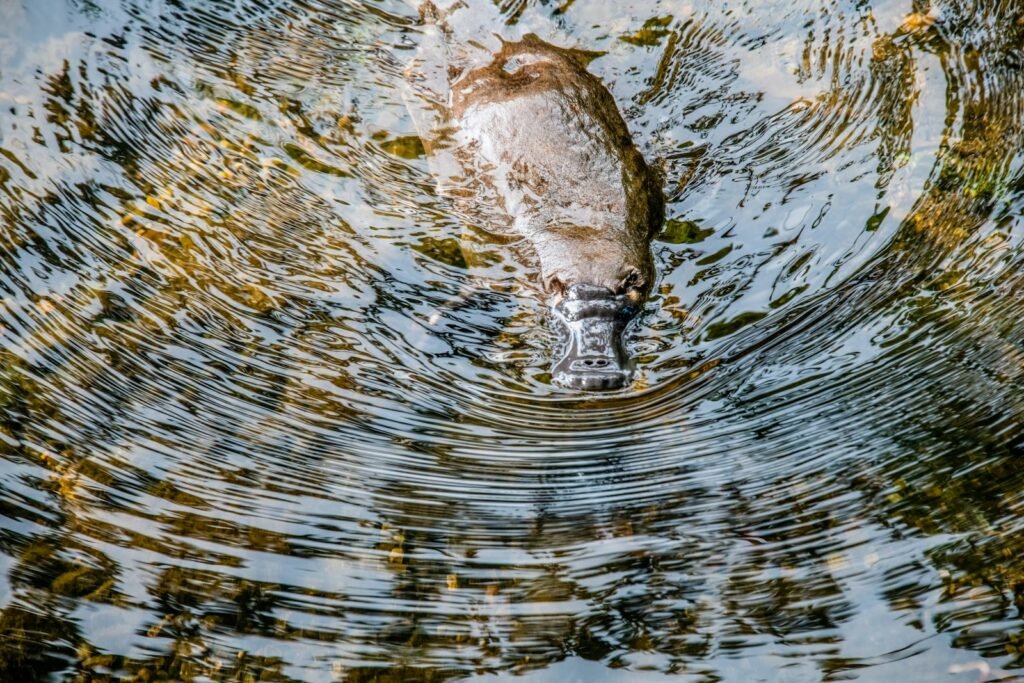Imagine walking through seemingly normal terrain when suddenly the earth beneath your feet rises and falls in a slow, rhythmic motion, releasing wisps of steam and gas into the air. Around the world, scattered locations harbor this extraordinary phenomenon where geothermal gases create ground that literally appears to breathe, with heat flows exceeding 100 watts per square meter in some thermal areas and underground pressures that make the Earth’s crust expand and contract like lungs. These mesmerizing landscapes offer glimpses into our planet’s fiery core, where molten rock and superheated fluids create some of nature’s most dramatic displays. From Iceland’s steaming valleys to Indonesia’s toxic blue flames, these breathing grounds reveal the immense geological forces constantly reshaping our world.
Yellowstone National Park’s Living Ground
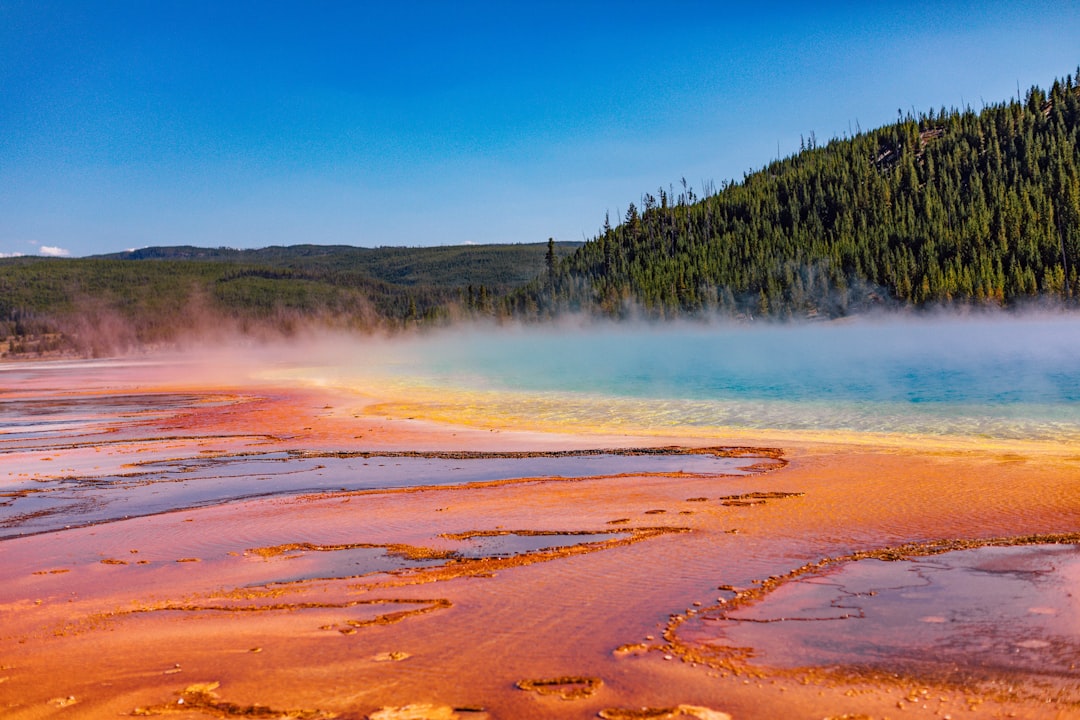
Yellowstone National Park contains more than 10,000 thermal features, making these the visible expression of the hydrothermal system and the underlying hot ground and magma storage region deep below the surface. The ground in thermal areas can be thin and fragile, with scalding water just below the surface. Visitors often describe an unsettling sensation of walking on hollow-sounding earth that seems to pulse with life. The very hot acidic water and steam have created voids in the ground that are only covered by a thin crust. Convection accounts for roughly 75% of the heat released from the ground at Yellowstone.
The park’s most dramatic breathing occurs at locations like Norris Geyser Basin, where underground pressure changes cause visible ground deformation. The basin’s dynamic and unpredictable activity offers a glimpse into Yellowstone’s volatile underground.
Iceland’s Steam Valleys: Hverir and Beyond
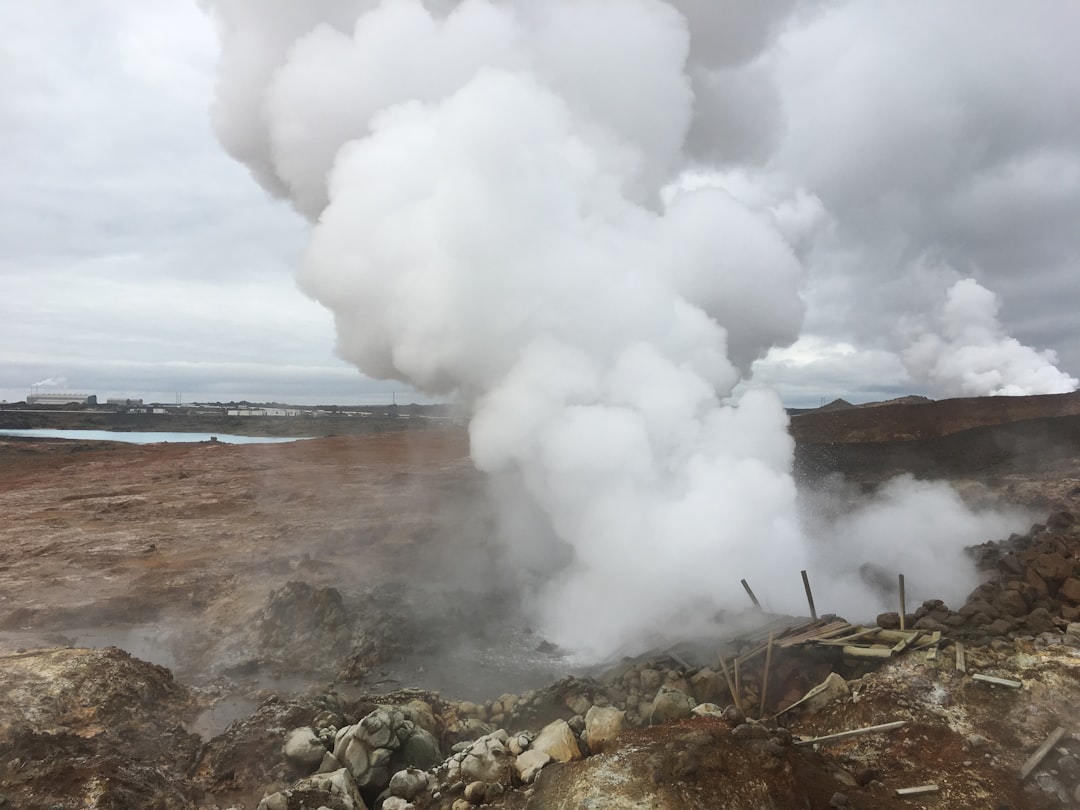
Iceland has an abundance of geothermal energy pumping through its ground, with this natural phenomenon providing over 25 percent of the country’s electricity and heating over 87 percent of Iceland’s buildings and water. At locations like Námafjall, gases reach up to 95 degrees Celsius hot, with some fumaroles shaping sulfur coated holes in the ground. The most striking breathing ground phenomenon occurs in the Hverir geothermal area, where multicolored earth constantly shifts and bubbles. Mud pots are boiling, the ground is multicolored and cracked. Reykjadalur, or the Steam Valley, requires a 45-minute drive from Reykjavik followed by a half-hour hike up in the mountains.
Here, the ground genuinely appears to breathe as geothermal gases escape through countless fissures, creating an otherworldly landscape where steam rises from every surface.
Kawah Ijen’s Toxic Blue Breathing
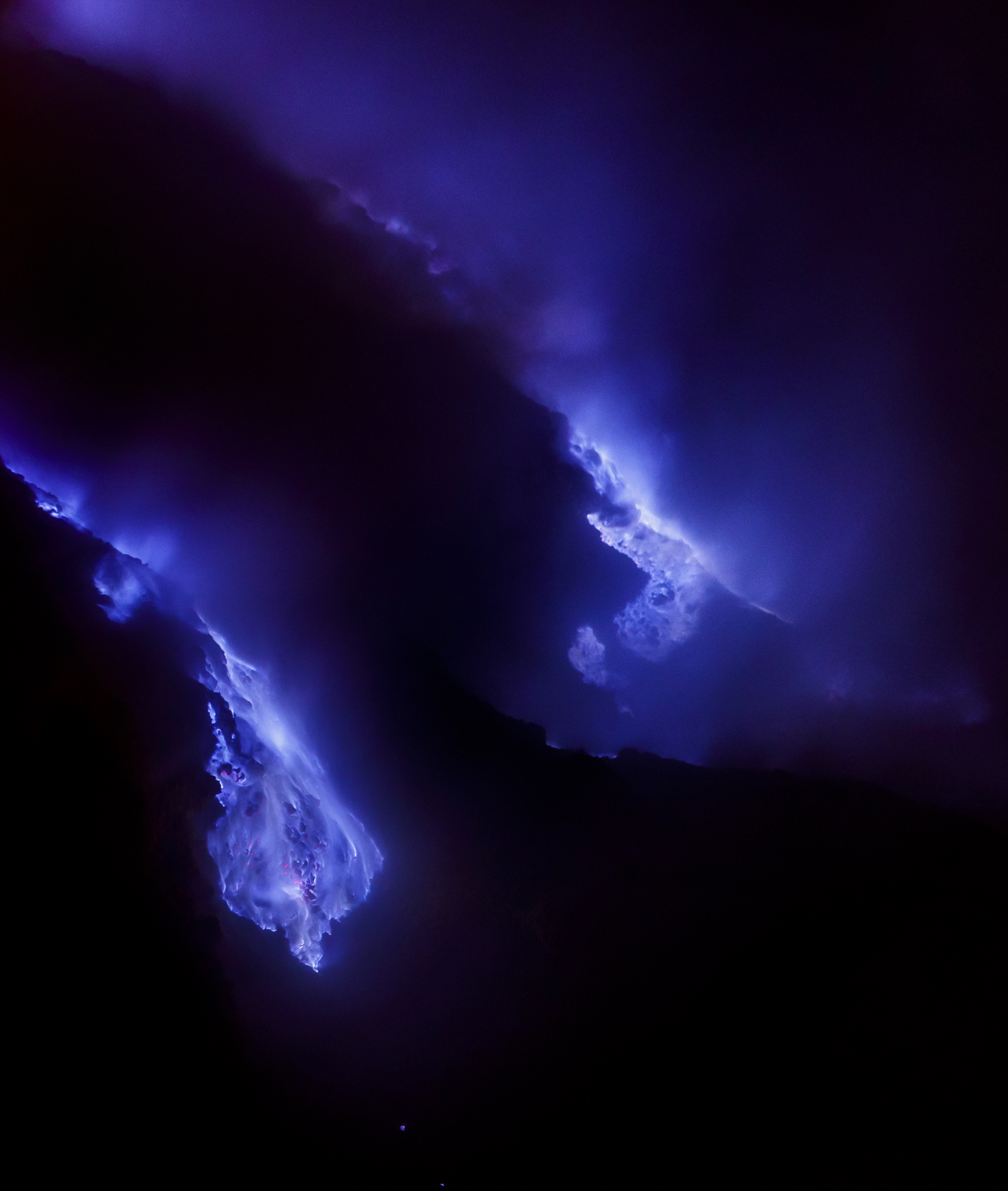
A continuous stream of sulfur-laden gases blasts from fumaroles at the lake-side solfatara, with these hot gases traveling underground in the absence of oxygen and igniting upon contact with oxygen in the atmosphere when hot enough. The blue fire emerges from cracks at temperatures up to 600 degrees Celsius, with flames reaching up to five meters high. It is the largest blue flame area in the world and local people refer to it as ‘Blue Fire’. The ground around the crater constantly heaves and settles as underground gas pressure builds and releases. Though often mistaken for blue lava, Ijen’s electric blue fire is actually the result of sulfuric gases that ignite as they make contact with the air outside the volcano.
The breathing effect becomes most pronounced during periods of high gas emission, when the earth visibly swells before releasing toxic clouds through surface cracks.
Solfatara’s Ancient Roman Breathing Crater
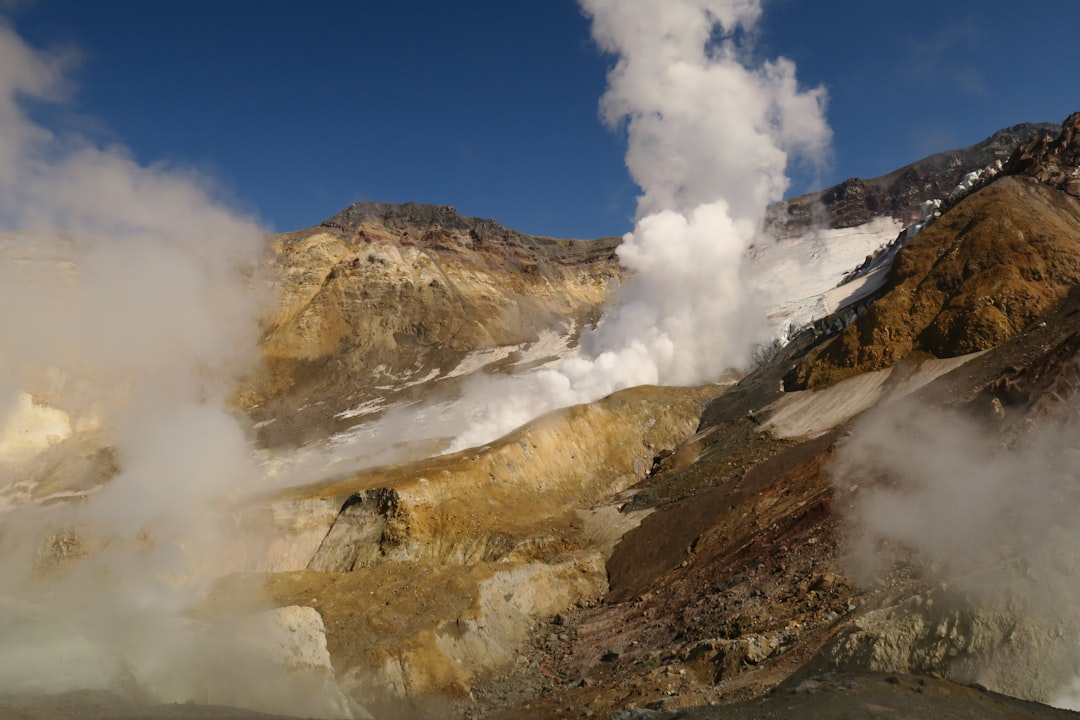
The active volcano features fumaroles and mud pools, with Grande Fumarola at Solfatara in Italy being particularly notable. The Phlegraean Fields are a super-volcano located west of Naples, Italy, part of the Campanian volcanic arc, with the Solfatara being a volcanic crater in Pozzuoli near Naples. This ancient Roman site has been documented for over two thousand years as a place where the ground literally breathes. Solfatara volcanic crater at Pozzuoli is a dormant volcano which still emits jets of steam with sulfurous fumes. The crater floor rises and falls measurably throughout the day as underground gas chambers expand and contract.
Roman writers described the terrifying sensation of standing on ground that seemed alive, pulsing with the breath of subterranean gods.
Rotorua’s Bubbling Earth in New Zealand
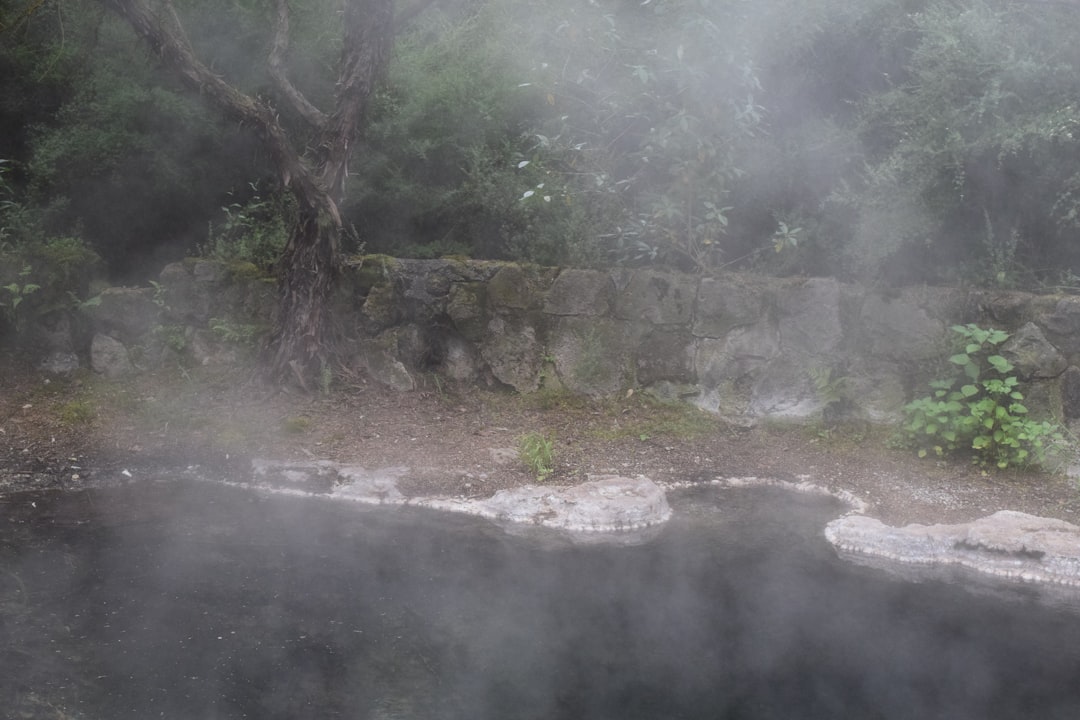
New Zealand features fountains of geysers and fumaroles, with soil on volcanic slopes covered with yellow and orange sulfur deposits. The Wai-O-Tapu Geothermal Area near Rotorua includes mud pools and terraces. The ground throughout much of Rotorua exhibits constant micro-movements as geothermal pressure fluctuates beneath the surface. Walking through areas like Te Puia, visitors experience the unsettling sensation of earth that seems to breathe beneath their feet. Some fumaroles beat in the beds of cold springs, creating small fountains that are not true geysers but certainly interesting natural landmarks.
The Maori people have long recognized this breathing earth phenomenon, incorporating it into their spiritual understanding of the land as a living entity.
Kamchatka’s Wilderness Breathing Grounds
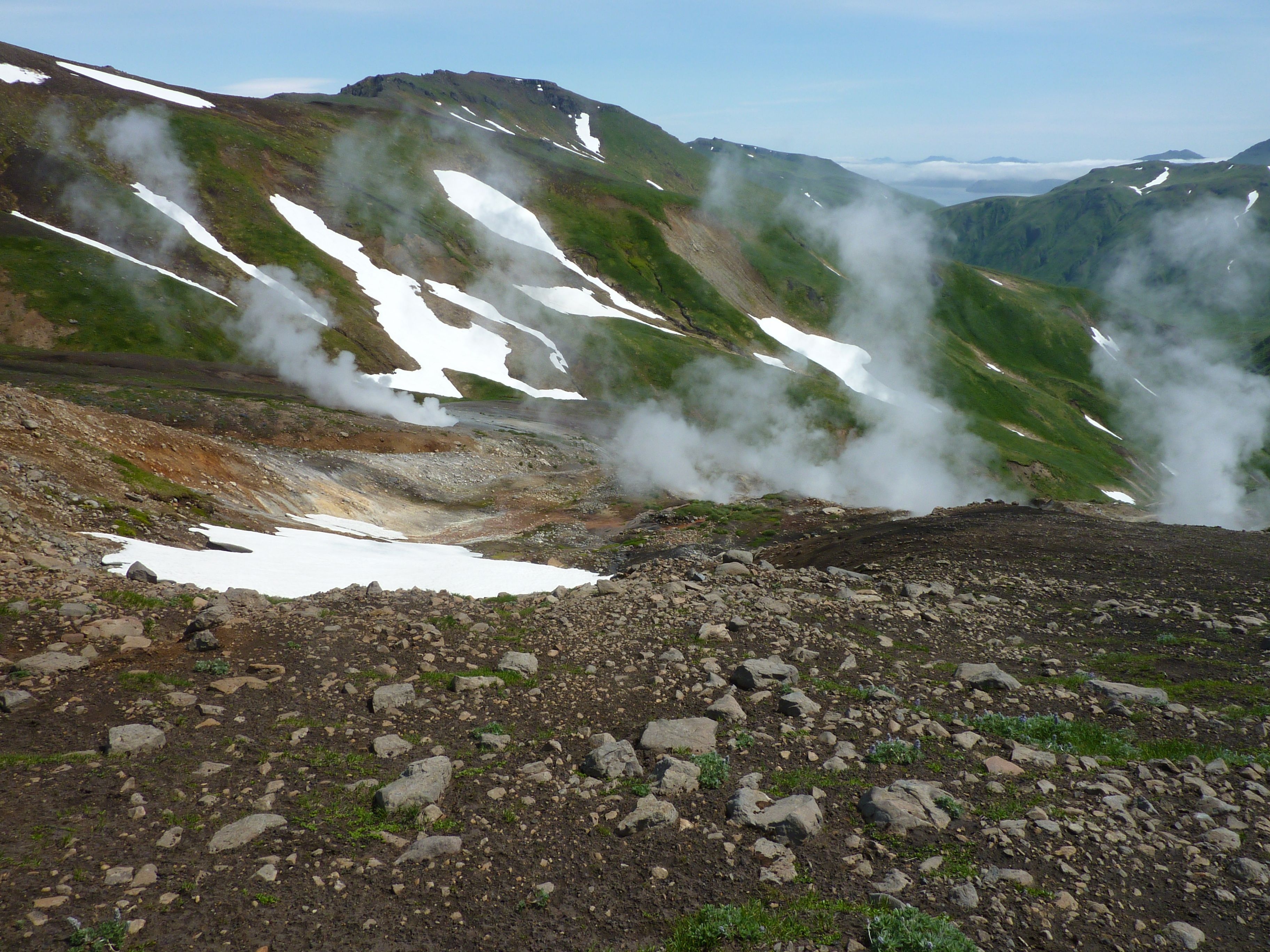
Mutnovsky Geyser Valley in Kamchatka features fields of fumaroles, some beating in cold springs to create small fountains. The crater contains very acidic water with temperatures between 50-70 degrees Celsius, with lake water changing color over time from almost white and azure to emerald green. This remote Russian peninsula hosts some of Earth’s most dramatic ground breathing phenomena, where entire valleys seem to inhale and exhale steam and gases. The Valley of Geysers presents a landscape where the ground constantly moves with rhythmic precision, as if the Earth itself were a massive lung system. Rare and beautiful minerals are deposited by fumarolic gases that are suddenly cooled when they reach the atmosphere.
Scientists studying these areas report measurable ground deformation patterns that follow predictable cycles, resembling respiratory rhythms.
Japan’s Hot Spring Breathing at Beppu

Hot springs in Beppu feature multi-colored volcanic pools of boiling water in the Kannawa district. The city of Beppu experiences widespread ground breathing due to its location atop multiple geothermal systems. Entire neighborhoods exhibit subtle but noticeable ground movement as underground steam pockets expand and contract throughout the day. The famous “Jigoku” or hell pools demonstrate the most dramatic breathing effects, where the earth around thermal features visibly swells before releasing clouds of steam. Local residents have adapted their architecture to accommodate this living ground, building flexible foundations that move with the earth’s natural breathing patterns.
Traditional Japanese gardens in Beppu incorporate these breathing grounds as design elements, celebrating rather than fighting the land’s natural rhythms.
Chile’s Atacama Desert Gas Breathing
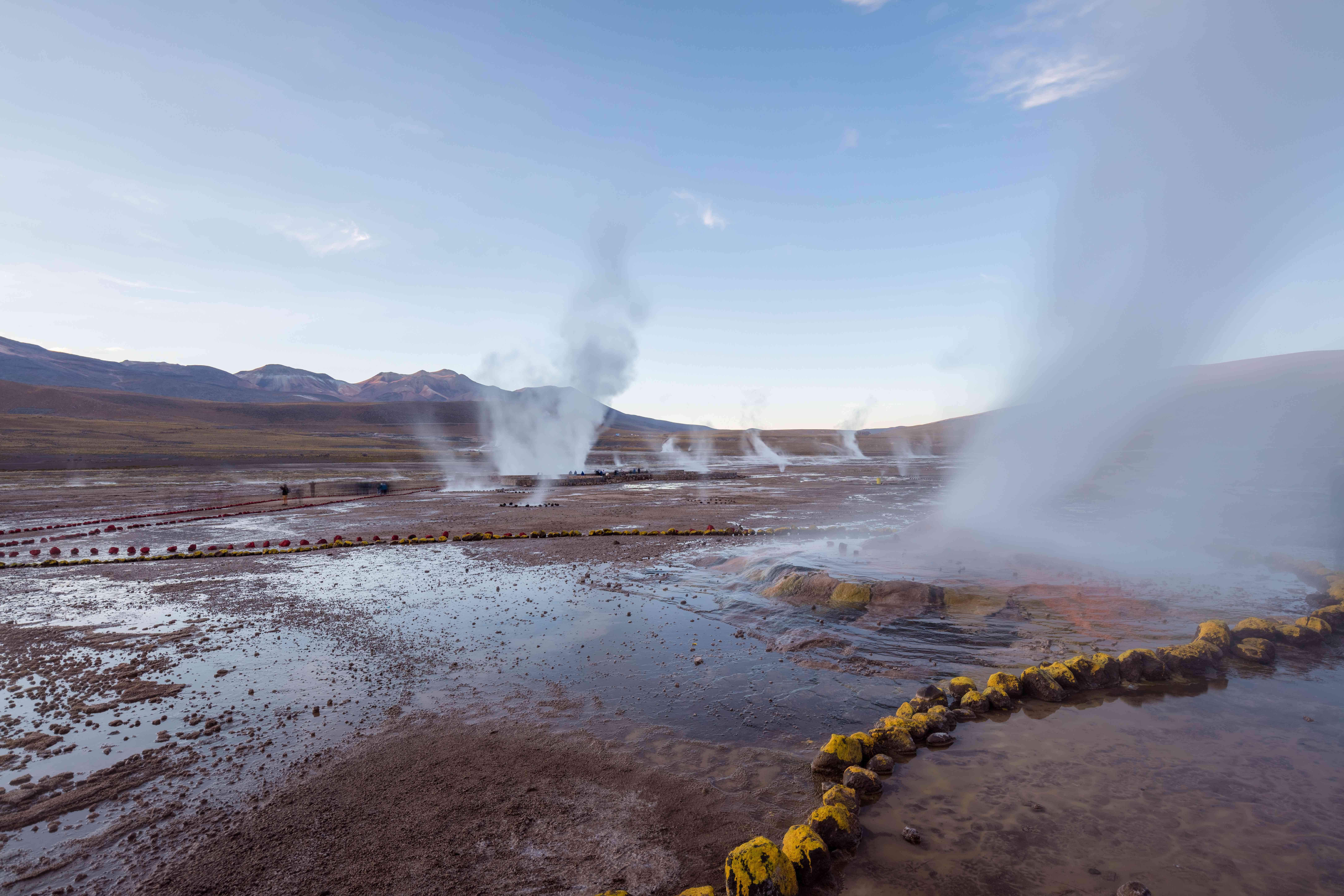
Chile features fumaroles of the Atacama Desert, representing some of the world’s highest-altitude breathing ground phenomena. At elevations exceeding 4,000 meters, the thin air amplifies the visual effect of ground breathing as geothermal gases expand more dramatically in the low-pressure environment. The El Tatio geyser field presents a surreal landscape where the ground appears to breathe most intensely during dawn hours when temperature differences create maximum pressure variations. The soil on volcanic slopes is covered with yellow and orange sulfur deposits.
Indigenous communities have long recognized these breathing grounds as sacred spaces where the Earth communicates with the sky through rhythmic gas emissions.
Ethiopia’s Danakil Depression Breathing Salts
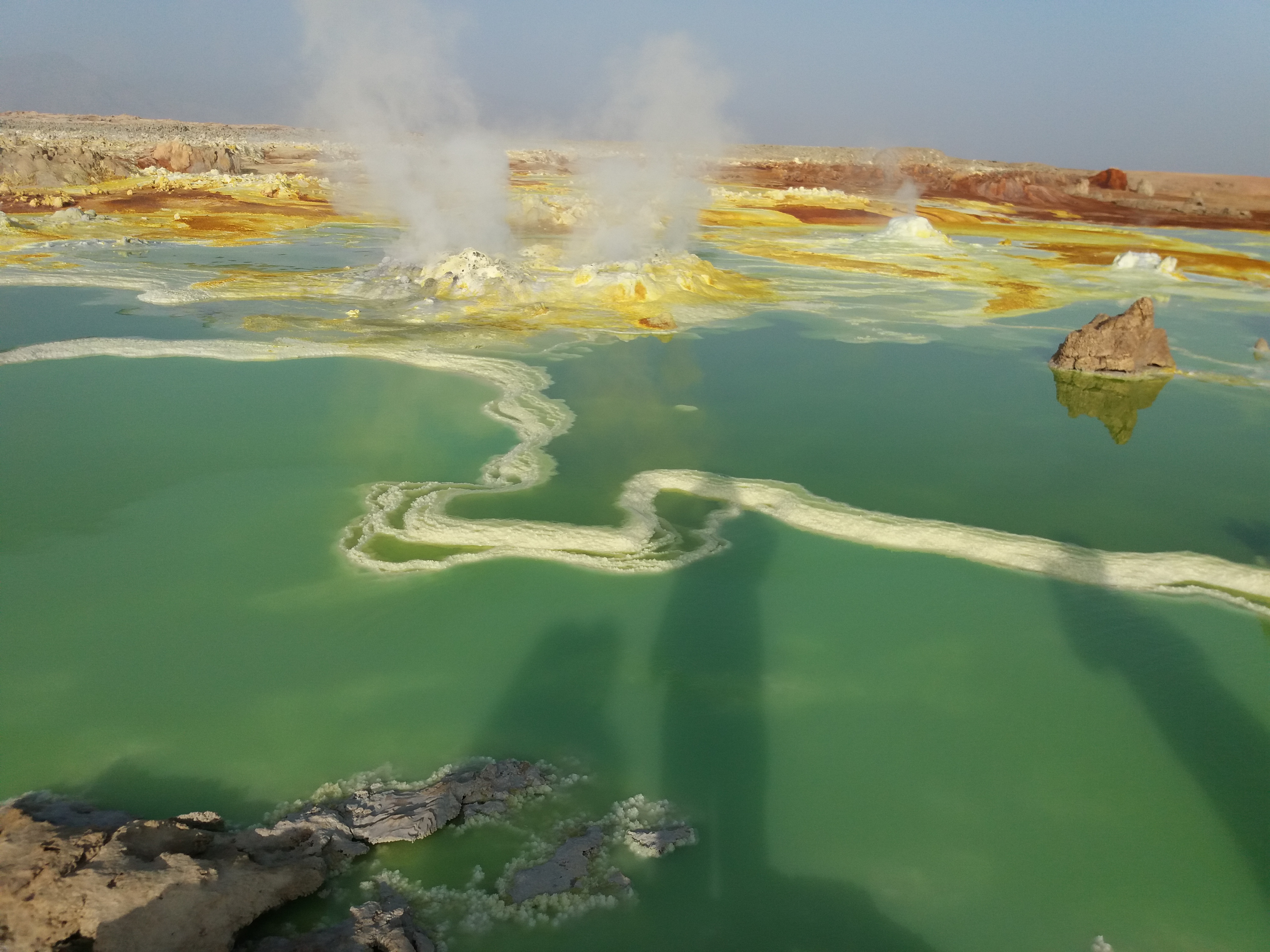
The colorful landscape of Dallol Lake in the crater of Dallol Volcano features sulfur springs in what represents one of Earth’s most alien breathing ground environments. Salt crystals in the Danakil depression create an incredible variety of colors. This otherworldly location experiences ground breathing through salt dome formations that rise and fall as underground brine pockets shift with temperature and pressure changes. The multicolored terrain literally breathes as hydrothermal fluids push upward through salt deposits, creating a constantly changing landscape that appears alive.
The breathing effect here results from unique geological conditions where salt, sulfur, and geothermal activity combine to create Earth’s most extreme breathing ground phenomenon.
Future Monitoring and Global Implications
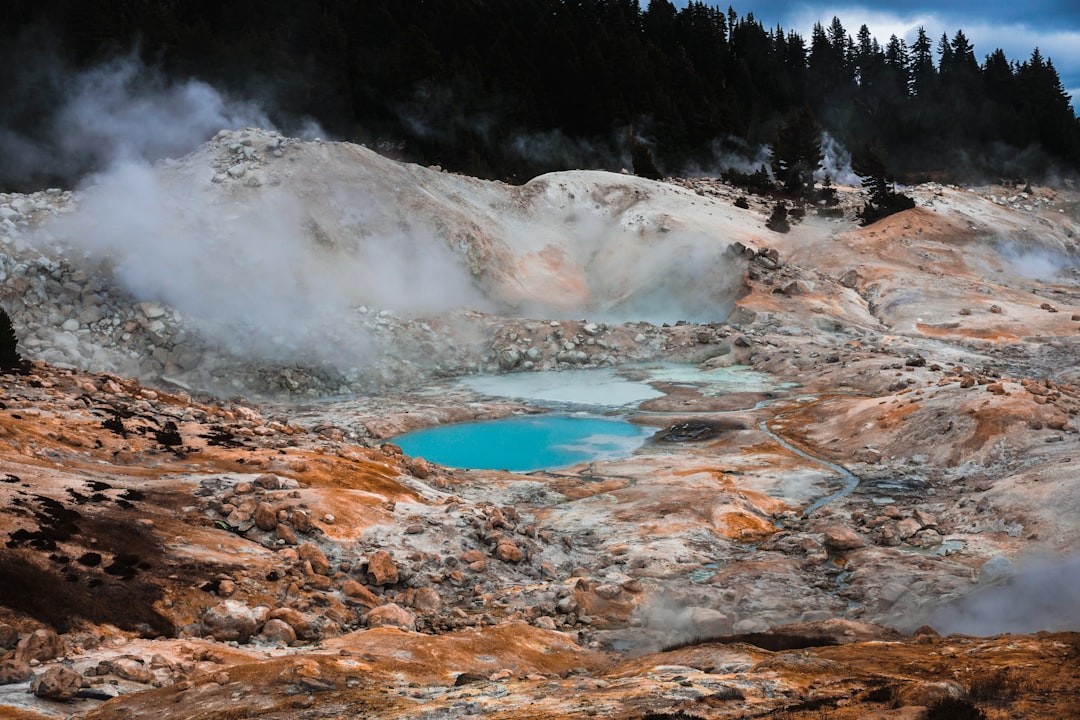
Continuous environmental monitoring networks are essential for quantifying these emissions, assessing risks, and issuing early warnings. Scientists increasingly recognize breathing ground phenomena as important indicators of subsurface volcanic and geothermal activity. Advanced satellite monitoring now tracks ground deformation at these locations with millimeter precision, revealing breathing patterns that correlate with deep geological processes. Research reveals correlations between wind speed and eruption intervals, with wind speed increases causing quadratic increases in recurrence intervals, representing the most significant external modulator influencing systems down to bubble reservoirs at 24-meter depths.
Understanding these breathing grounds becomes crucial as geothermal energy development expands worldwide, requiring careful balance between energy production and preserving these natural wonders. Enhanced geothermal engineering projects could potentially bypass surface hydrothermal systems while drilling deep enough to generate power. Climate change may also alter breathing patterns as temperature and precipitation changes affect subsurface pressure systems.
These extraordinary places where the ground literally breathes offer profound reminders of our planet’s dynamic nature. Each location tells a unique story of geological forces that continue shaping our world, creating landscapes that seem more alive than the life they support. What did you expect when you first heard about ground that breathes?
Sources:
1. U.S. Geological Survey – Yellowstone’s Active Hydrothermal System
2. Nature Communications – Winds of change: meteorological influences on Strokkur’s geyser eruptions, Iceland

Suhail Ahmed is a passionate digital professional and nature enthusiast with over 8 years of experience in content strategy, SEO, web development, and digital operations. Alongside his freelance journey, Suhail actively contributes to nature and wildlife platforms like Discover Wildlife, where he channels his curiosity for the planet into engaging, educational storytelling.
With a strong background in managing digital ecosystems — from ecommerce stores and WordPress websites to social media and automation — Suhail merges technical precision with creative insight. His content reflects a rare balance: SEO-friendly yet deeply human, data-informed yet emotionally resonant.
Driven by a love for discovery and storytelling, Suhail believes in using digital platforms to amplify causes that matter — especially those protecting Earth’s biodiversity and inspiring sustainable living. Whether he’s managing online projects or crafting wildlife content, his goal remains the same: to inform, inspire, and leave a positive digital footprint.



